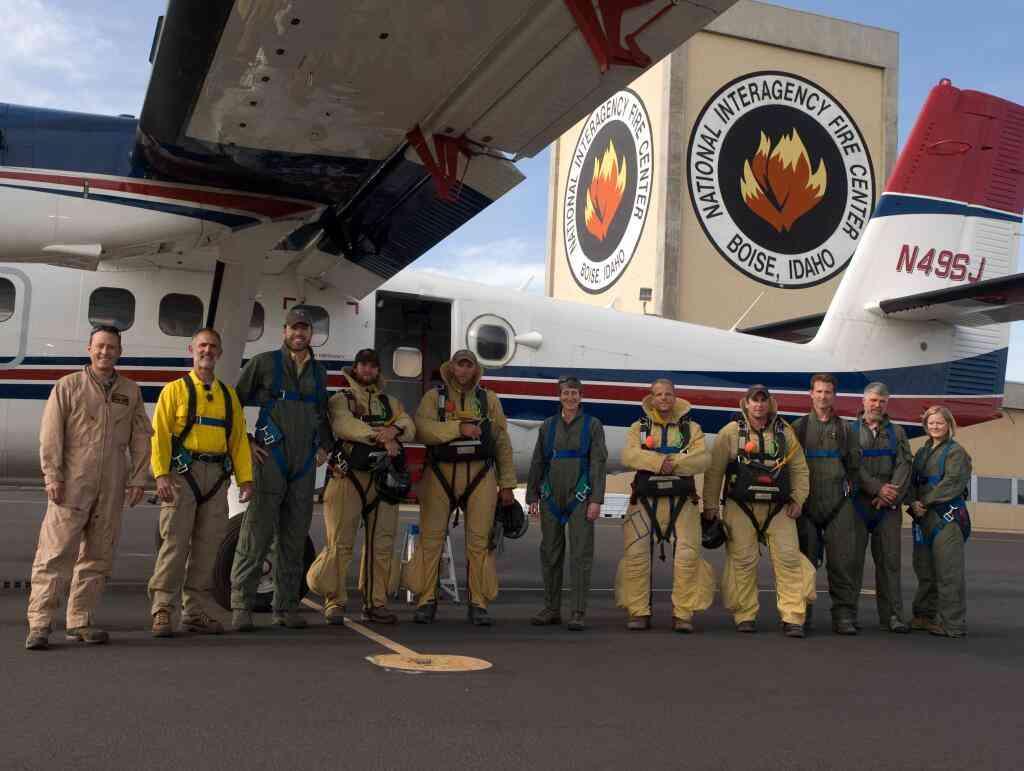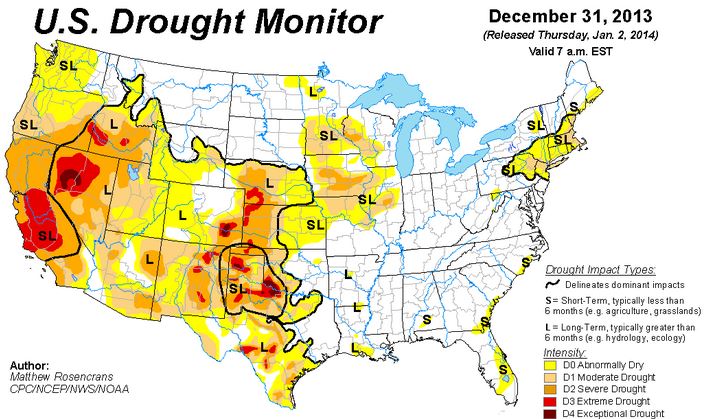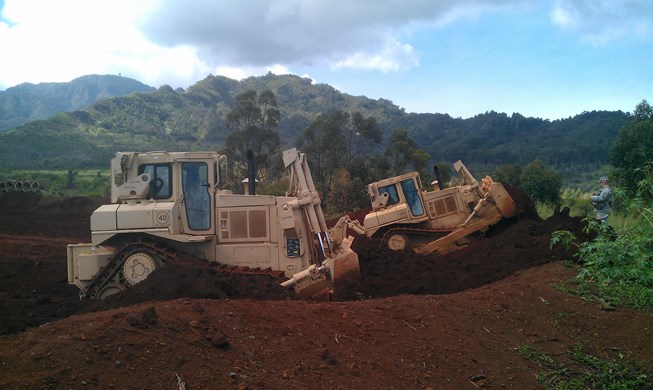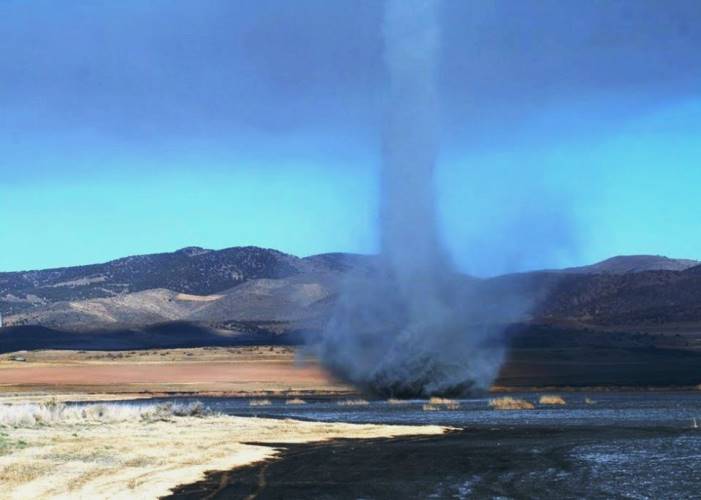
(Originally posted at 12:16 p.m. MT, March 25, 2014; updated March 28, 2014)
A smokejumper for the Bureau of Land Management working out of Boise, Idaho suffered a serious injury on a training jump Monday. The patient was initially evaluated on scene by the other jumpers and then flown by Life Flight to a Boise hospital, arriving within 46 minutes, and received treatment, including surgery, for two fractured femurs.
According to Jennifer Smith, a spokesperson for the BLM, the injury resulted from the smokejumper’s landing. There was no parachute malfunction. Boise BLM smokejumpers conduct training jumps on a regular basis in the area where the accident occurred southeast of Emmett, 20 miles northwest of Boise.
An accident investigation team is being organized and is expected to begin work today.
(UPDATE March 28, 2014)
The BLM released a “72-hour report” yesterday. Below is an excerpt.
****
“Narrative:
A BLM Boise Great Basin smokejumper incurred two broken femurs when he experienced a hard landing during a routine refresher parachute jump. This was the second jump of the day at the same location. The jump spot was located along an open ridgeline in an area commonly used for training jumps. Life Flight was immediately contacted and smokejumper EMT’s on scene provided emergency medical care and prepared the injured jumper for transportation. Life Flight was able to land in close proximity to the patient, who was transported to a local Boise area hospital approximately 20 miles from the injury site, arriving within an hour of the accident.
Action Taken to Date:
An Interagency Accident Investigation Team has been assigned. The intent of the investigation is to determine the cause of the injury and provide recommendations to help prevent future occurrences.”







